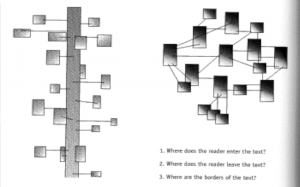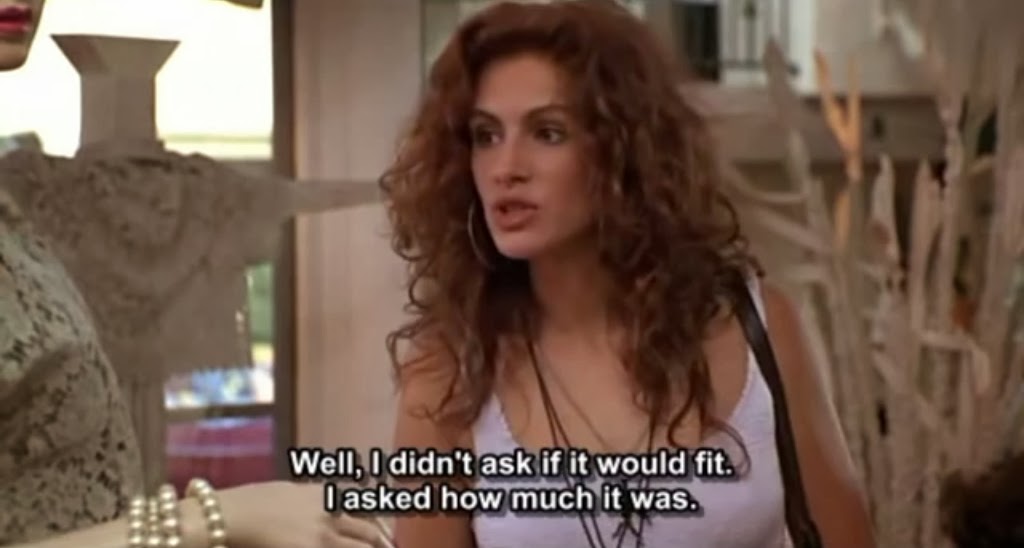Wow. Just wow. Galant, lean, just the right amount of muscle. Suave. Ooooh. Nerves are kicking in. The gorgeous man looks deep into your eyes and you literally melt. His muscles glean as the sunlight hits each contour. There’s a little flirtation as you look away and resume this chemistry between you both. So, in one swift movement, without thinking twice, you swipe right. Oh, it’s a match! Thank god.

Just recently I started dating my very own Flynn Rider (Tangled love interest… duh!). He started off exactly how I thought a guy should: flirty, handsome, cheeky, rebellious, and the perfect dash of naughtiness. It all started on New Years Eve, when I spotted him at an old friend’s place, casually smoking a cigarette and flashing girl passersby sexy pout eye-tilts (you know when a guy pouts a little and his eyebrows raise just slightly and you just know he’s thinking about what you’d look like naked). But, some seven months later, I’ve been there, done that, and am still looking for my Charming. Where is he?
Today, everything’s about physicality, shock, being picky, and getting what we want when we want. But all the while being laced with fairytale ideologies, we get caught up trying to find our prince charming. Melbourne… welcome to Tinder.
After all the heartbreak, tears, conversations with girlfriends and relationships… is it time to ask the obvious question: Are we brought up to look for the best guy for us, or the best guy? Are we so obsessed trying to find ‘the one’ that we get callously misguided by fairytale endings being the only one true happy ending for ourselves?
Of what I’ve learnt, there is no best guy, at least not in general. If Samantha Jones has taught us anything about sex, cities and relationships it’s that the ideal guy is an illusion, and it’s time to start living our lives.

When I was little I would wrap my bright red skivvy around my head, put on one of my mother’s bras and lay on a pretend rock of clean laundry and wait for my Eric to come rescue me from deep below the ocean. Or so I thought anyway. I was convinced that Ariel had the most glamourous, wonderful life and that without a tail, true love’s first kiss and a sea witch, I was never going to make it.
Well, I don’t know about you, but my first kiss was a lot less than glamourous. We had the under-the-sea part right – or at least the lack of oxygen and litre of saliva made it feel like that.
And, really, what’s so amazing about trading your identity, changing yourself into a completely different organism, ditching your family and promising to never return to the sea… all for a guy?! Be yourself ladies. If there’s one thing Ariel doesn’t teach us, it’s this, you are amazing the way you are.
We all know that we live in a physical world. Spaces like Tinder, Facebook and Instagram are incredibly influencial and encourage this concept. Guys are brutal sometimes, from commenting on a girls’ looks in front of others to not giving you the time of day or even smiling or saying hi if they don’t find you the most attractive in the room.
But what we have to realise is that guys are really just as lost as we are. They are convinced that either they deserve a “princess” or that they are never good enough for most of us and hence comes the “screw-over” (when you’re seeing a guy for a little while, who then decides when it’s time to work out what you are, he “isn’t good enough for you or for anything”).
Let’s face it, guys have their own fairytale complexes which they’ve been fed. But if we don’t strive to be a princess and fairytale ideals then men will have to face reality and won’t look for princesses. E.g. eric never had to change himself to be with Ariel. Their relationship would have been stronger had they both compromised, maybe he should have taken on a few scales.
If a girl is brought up to believe she’s a princess, then she forms the idea that she’s entitled to a royal life… a fairytale. It’s when she gets lost in the forest of reality that she confuses disney romance for real romance.
Us girls get caught up in these fairytale idologies associated with what a man should be, that we get let down by guys because they perceive that they’ve got the prince thing down-pat by either going out shooting things, being tough and silent about their true feelings, or being in love with their vehicles (whether horse, motorbike, skateboard or car).
I think what we need to remember is, we’re not entitled to a prince… just as guys are not entitled to a princess. Relationships are about living in reality, patience, understanding and most of all COMPROMISE GUYS. For all Ariel goes through, I mean having to split your tail into legs just sounds painful… Perhaps Eric could’ve taken on a few scales.












